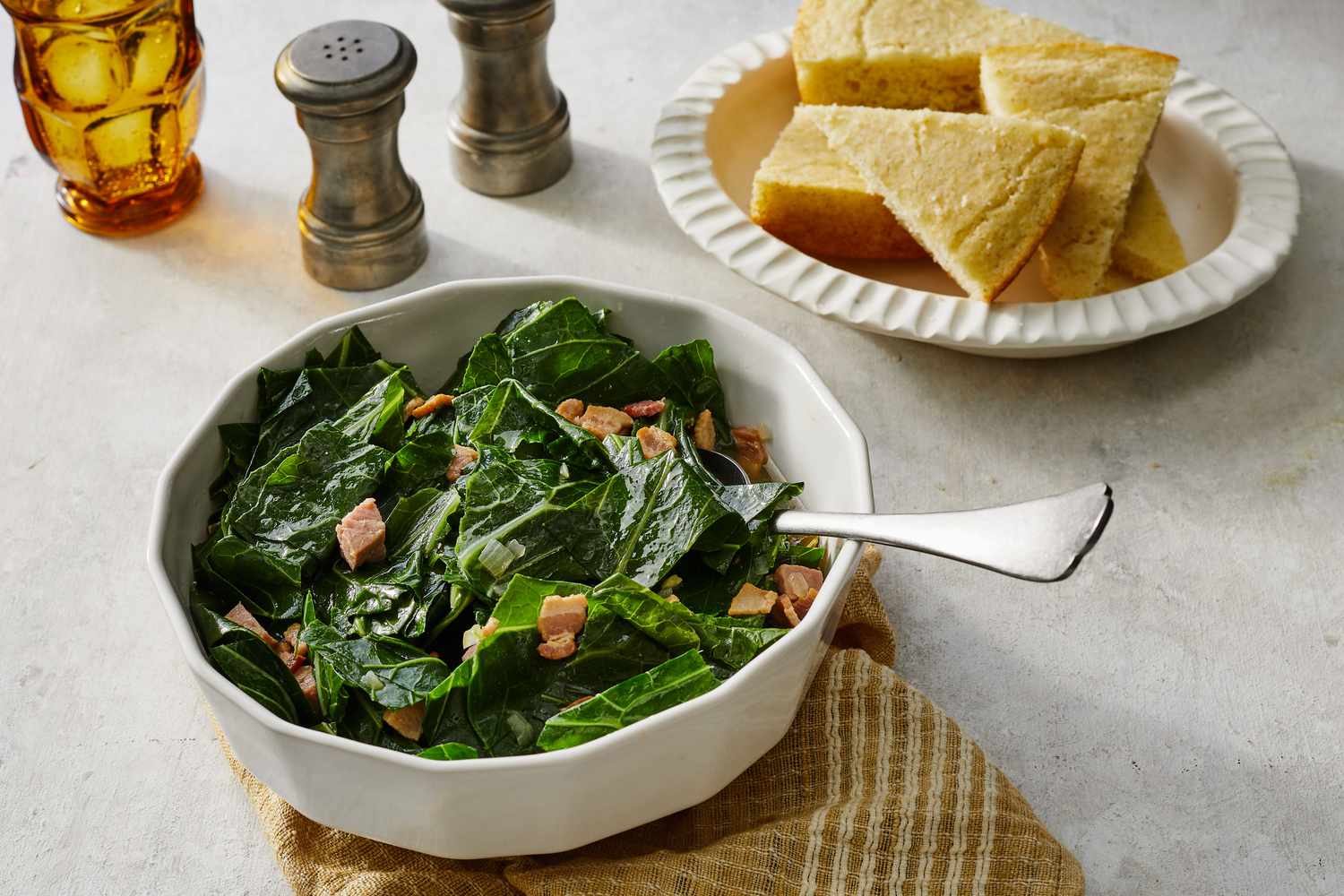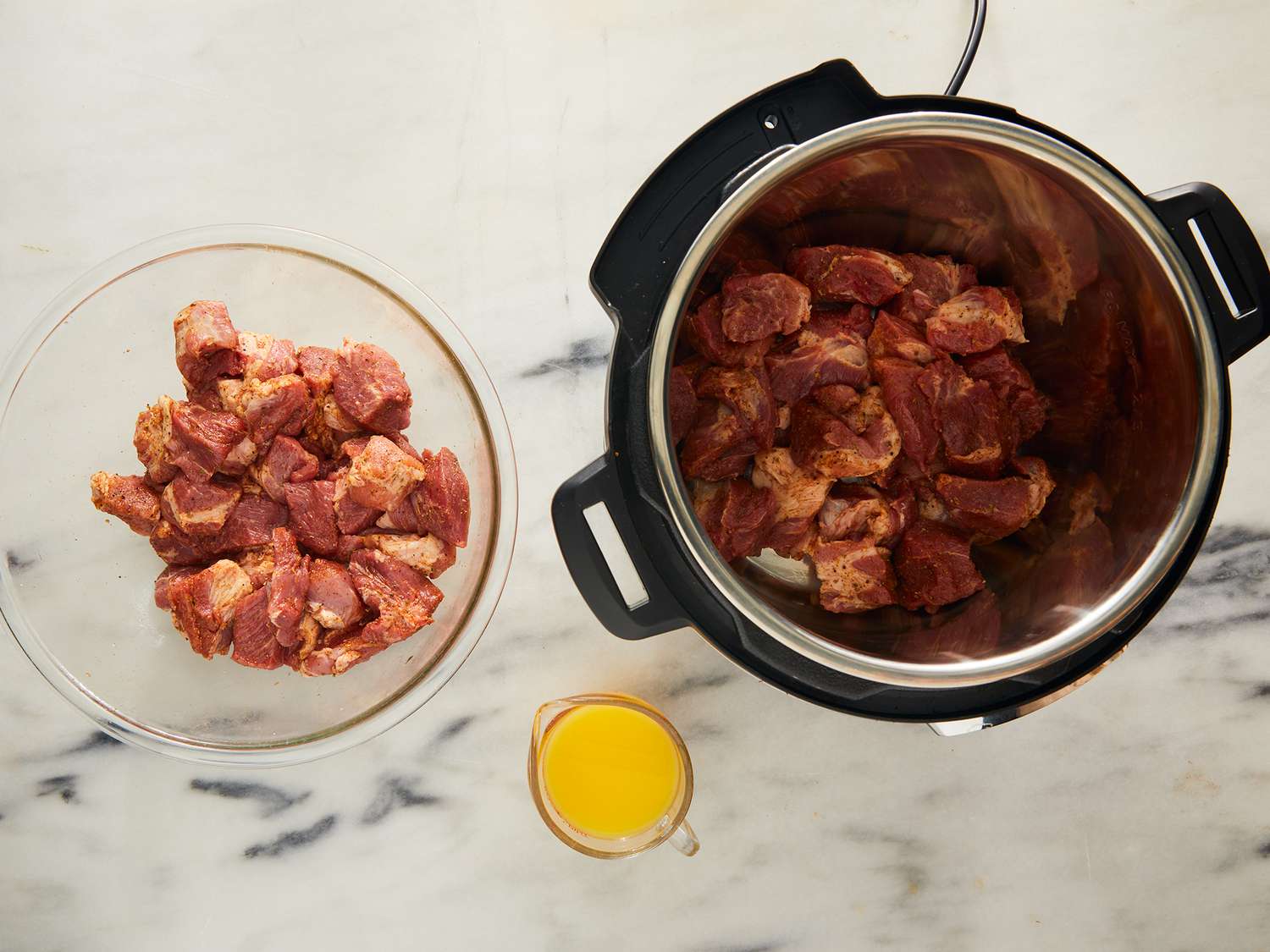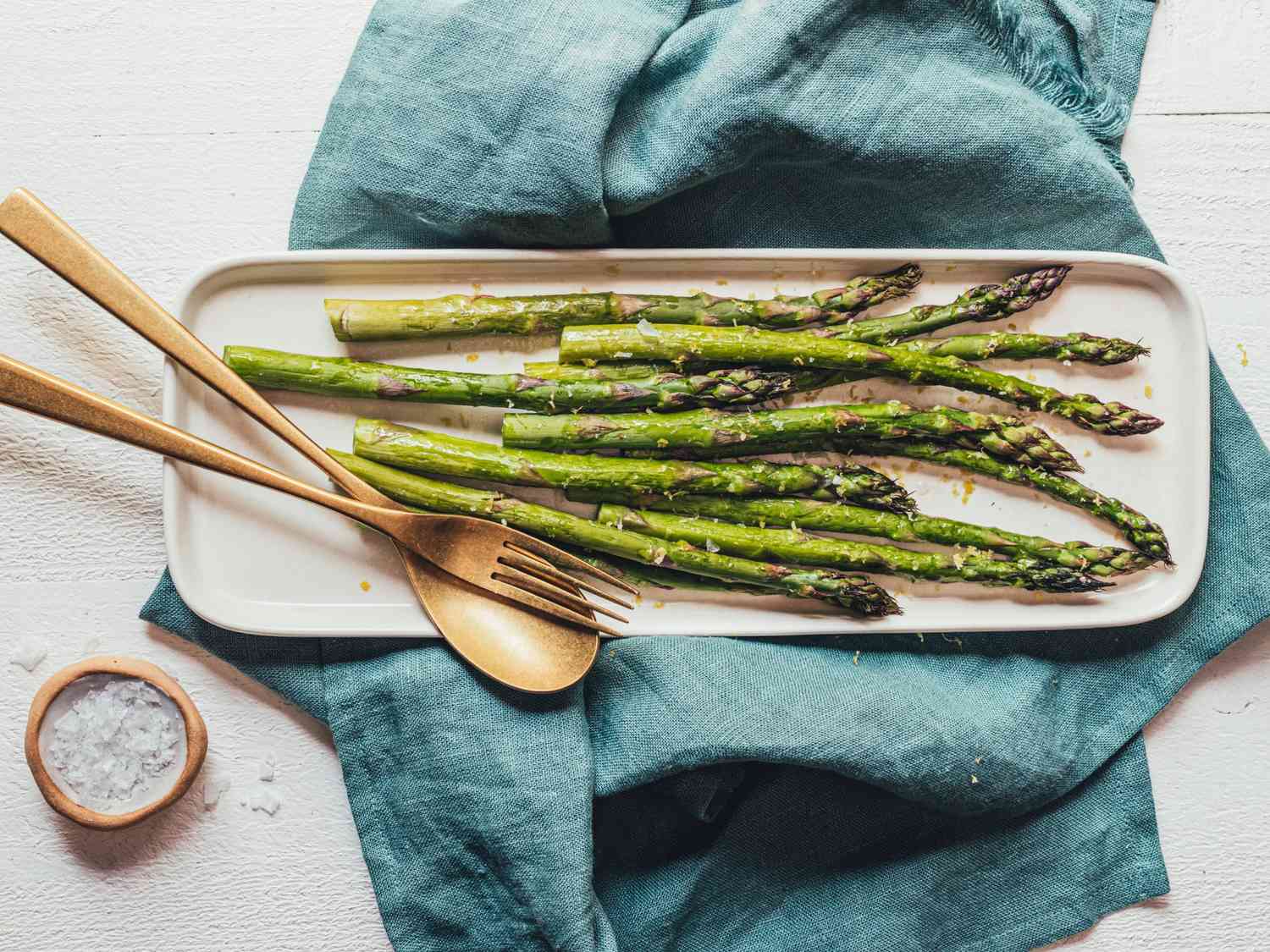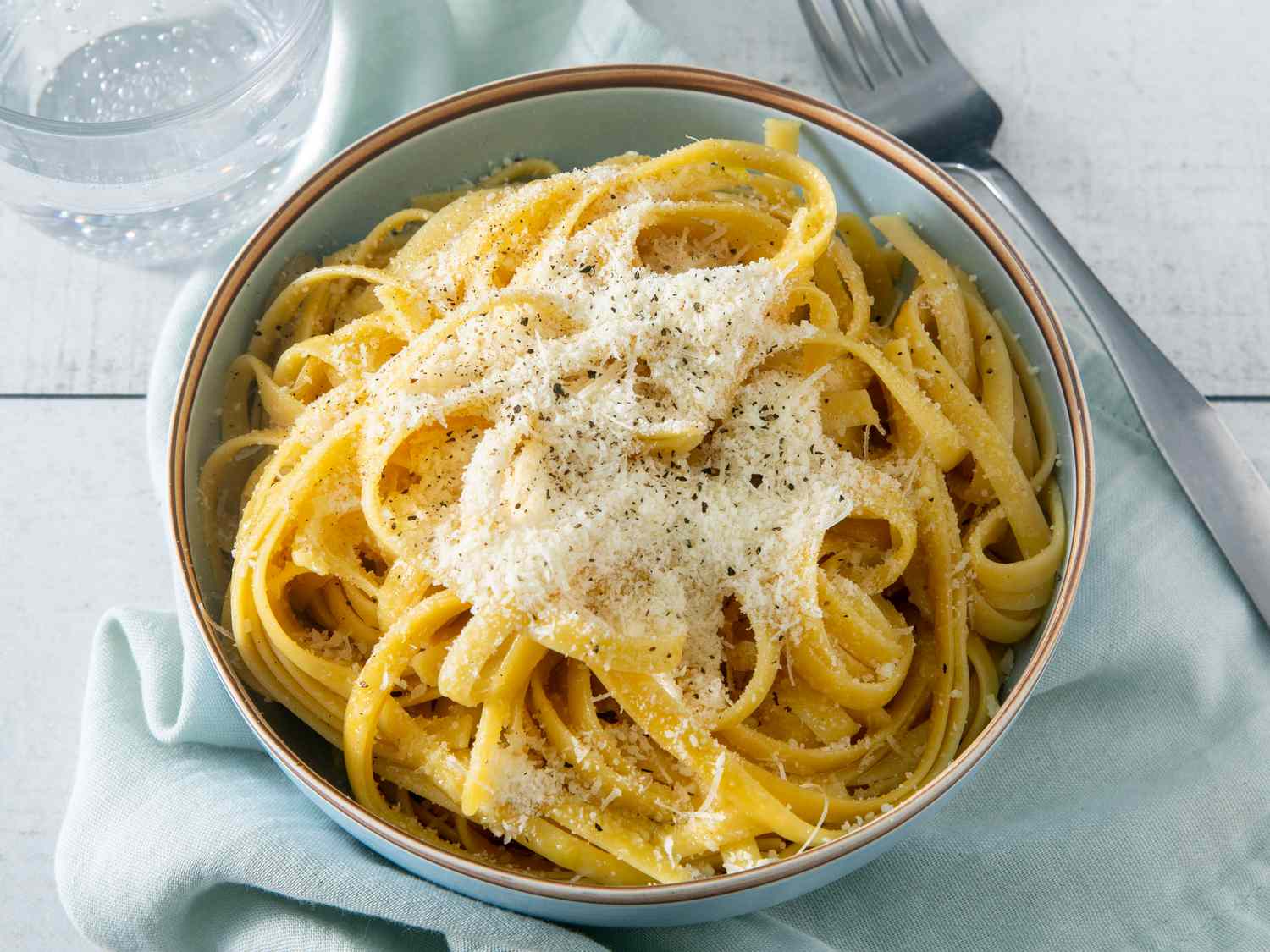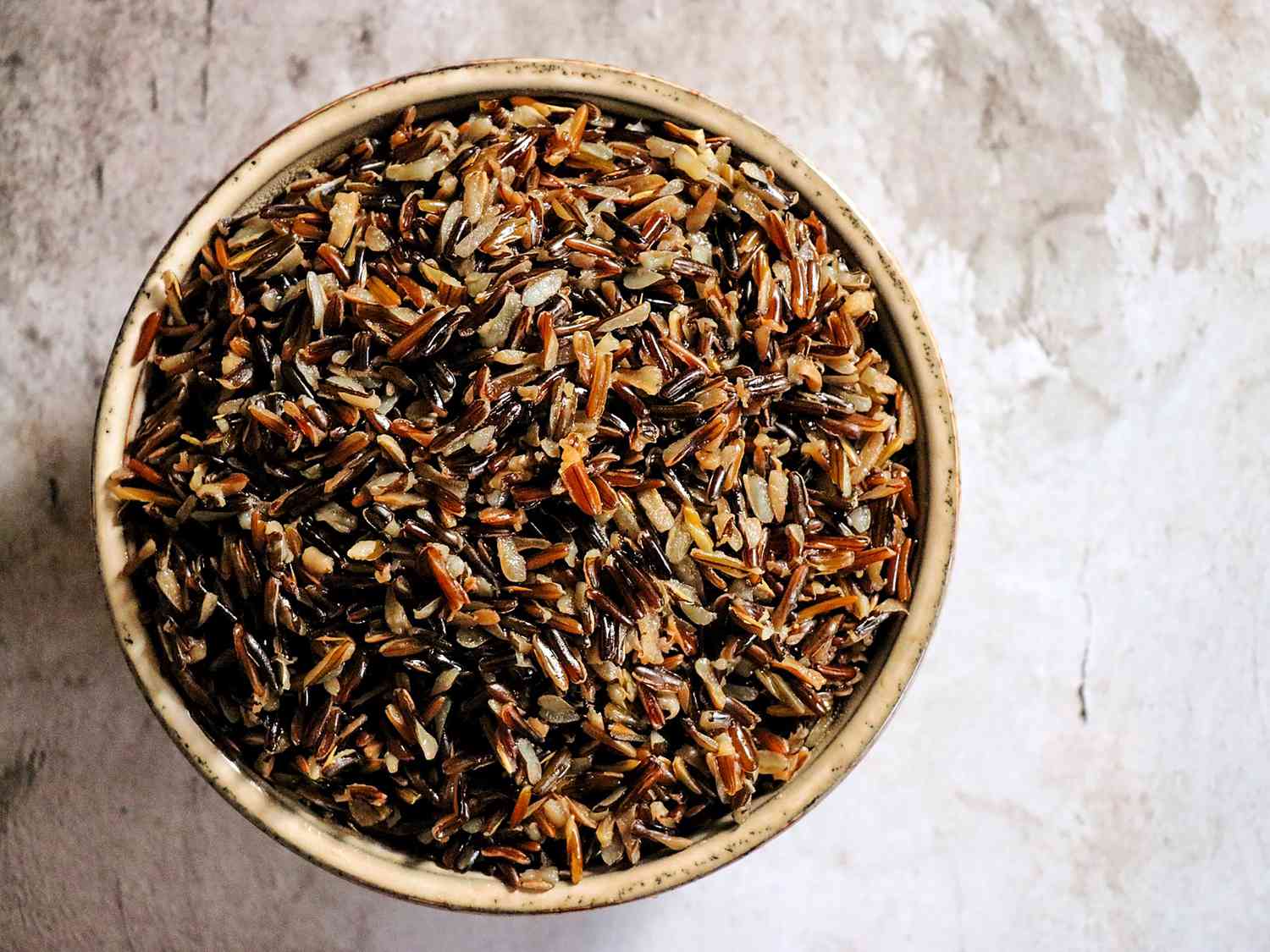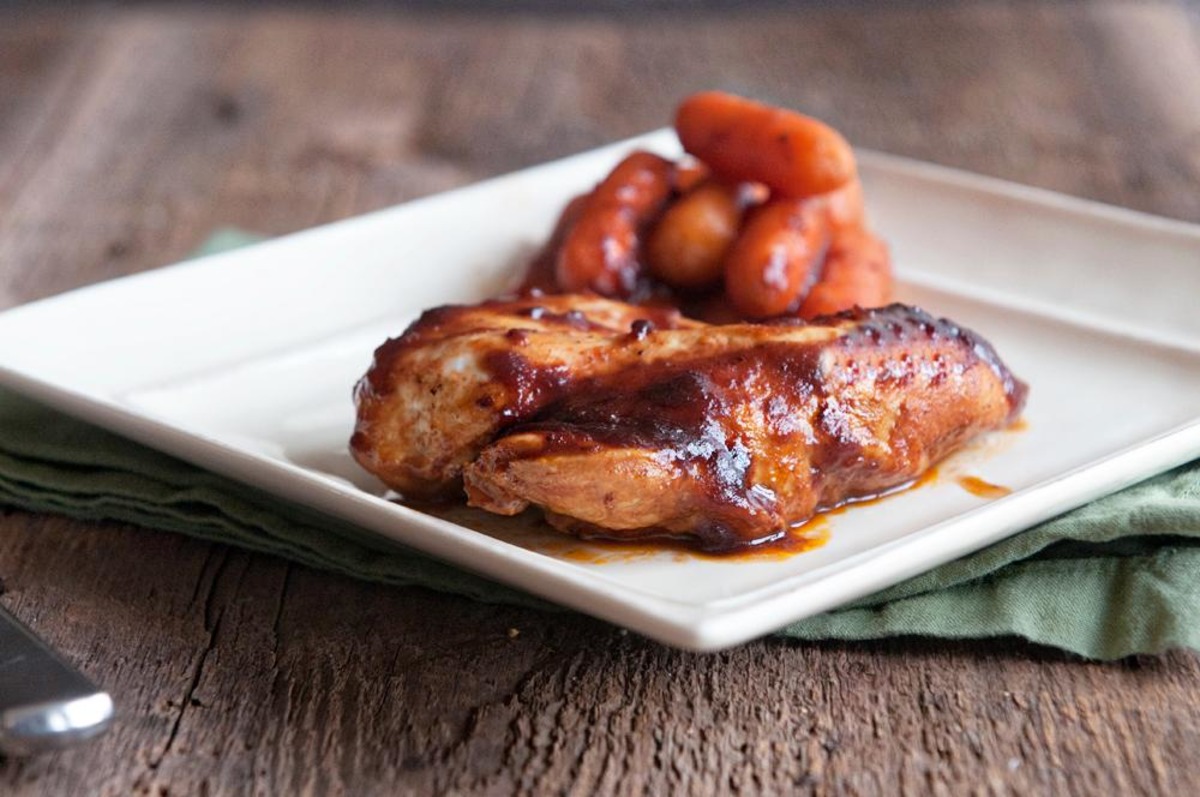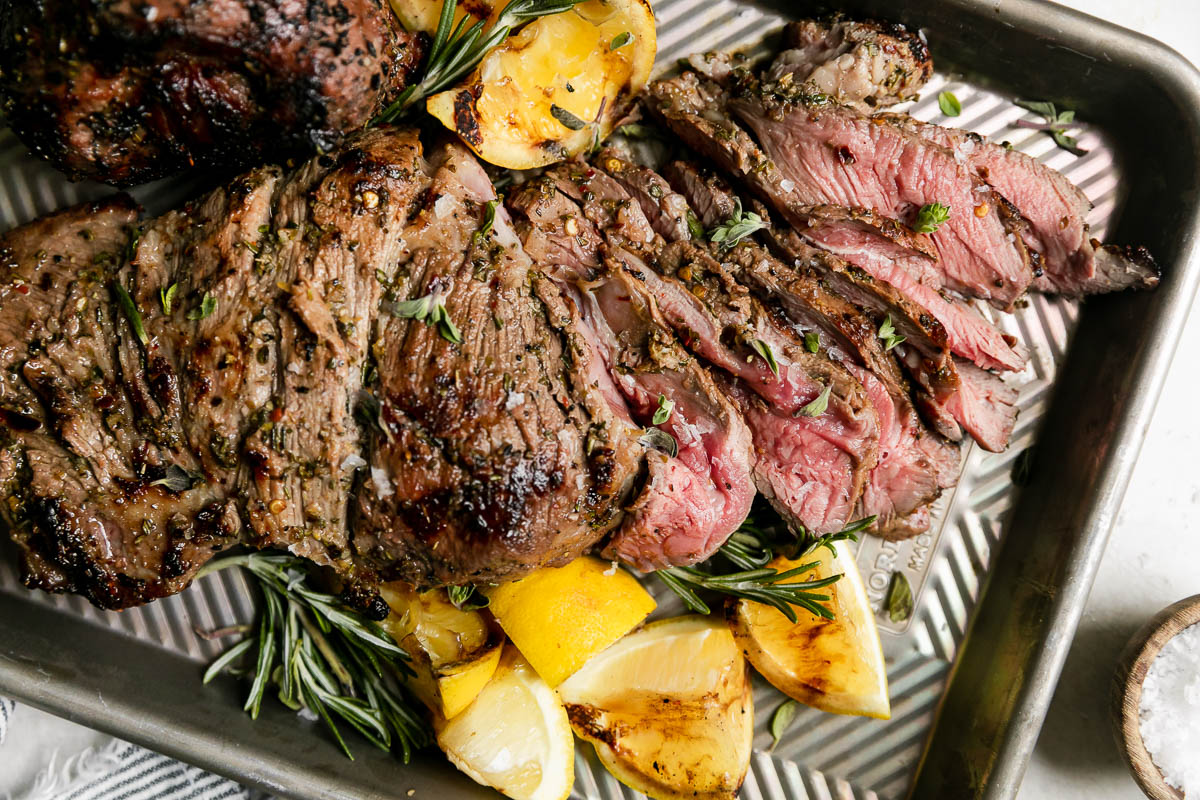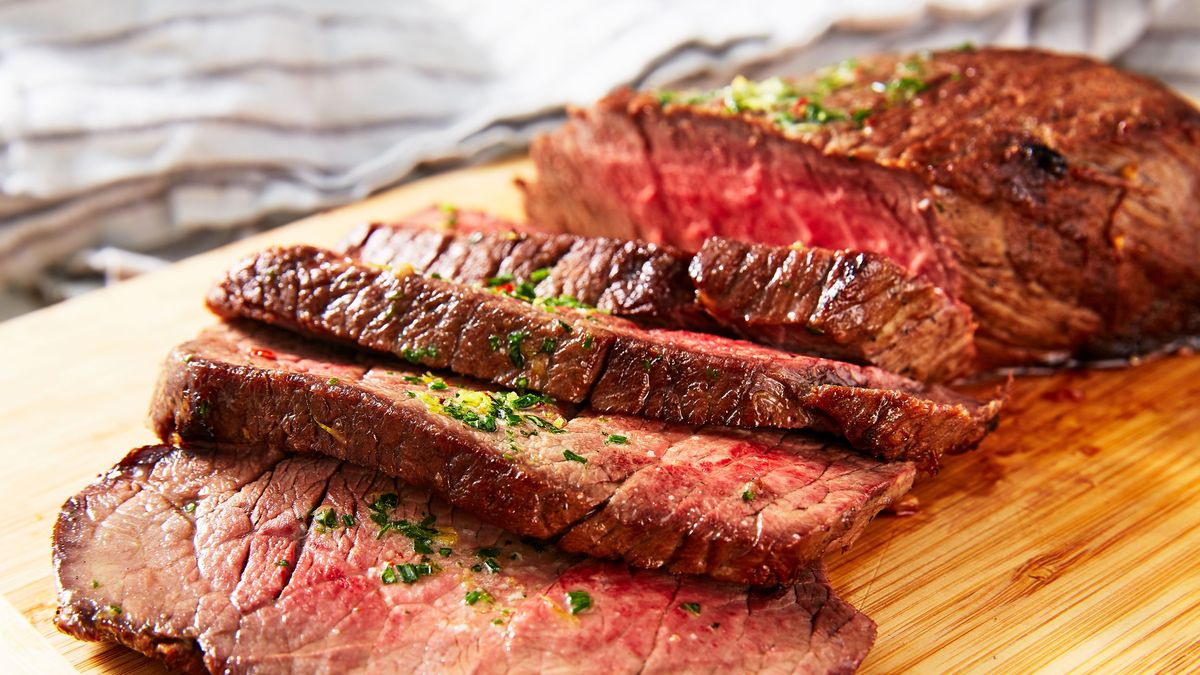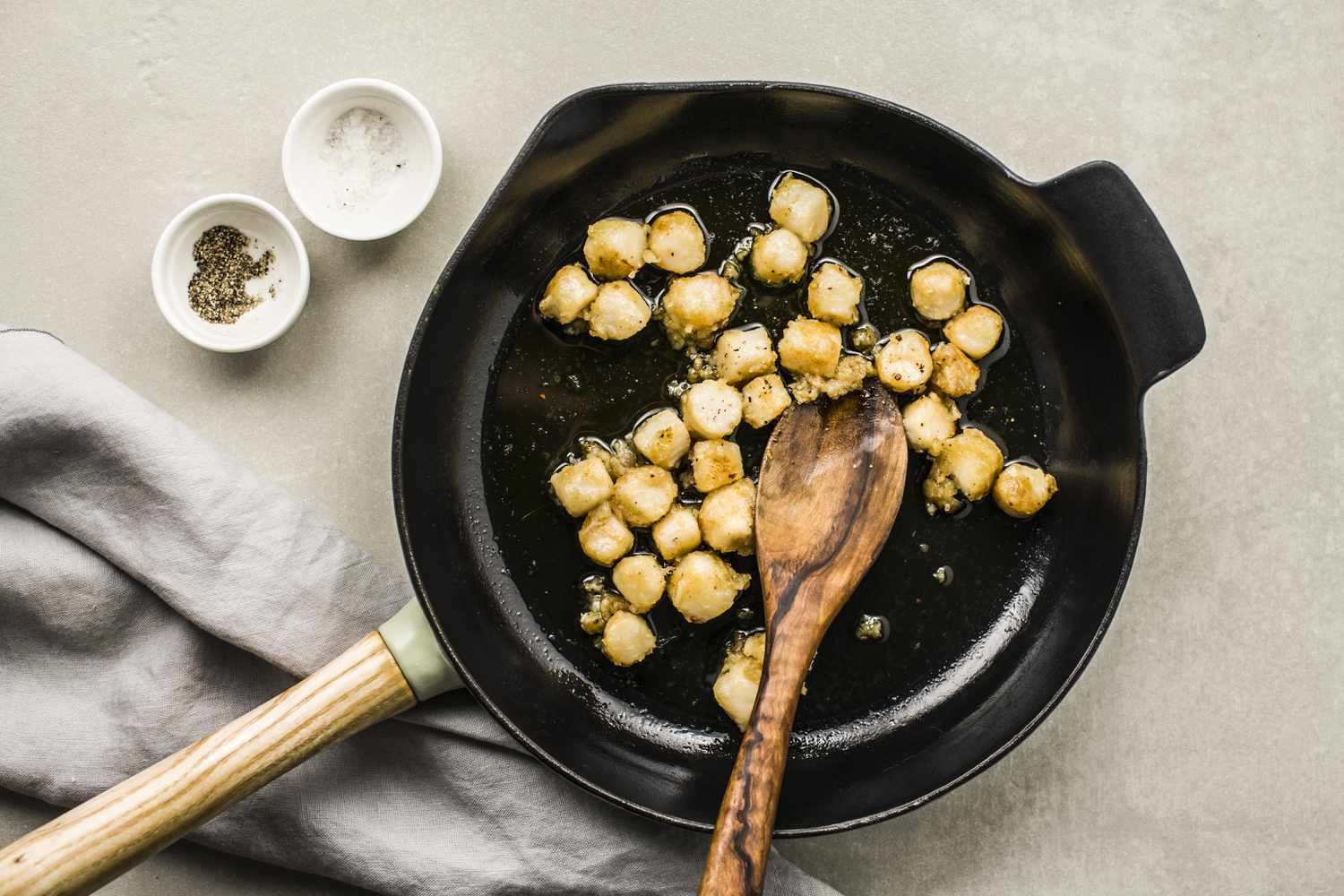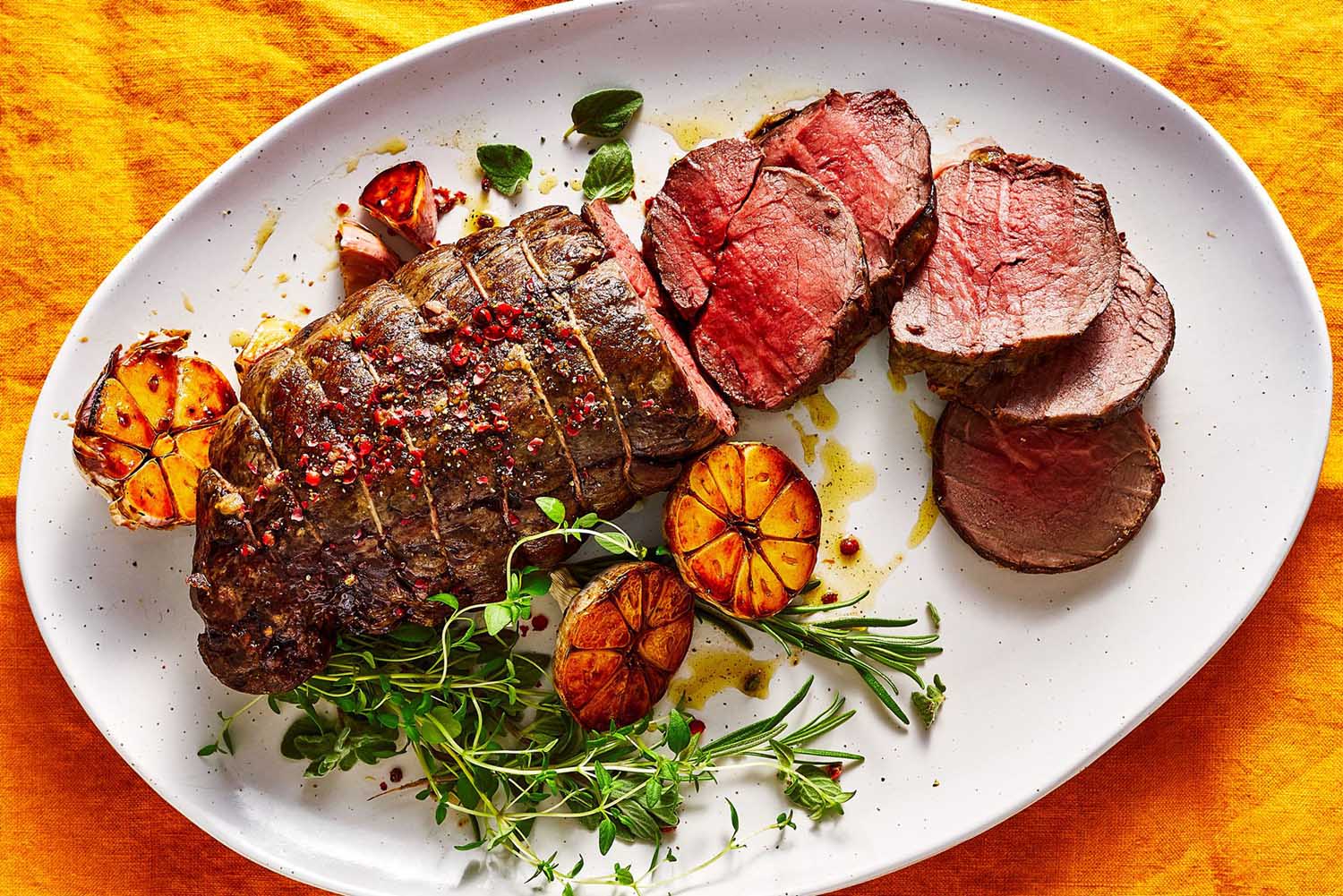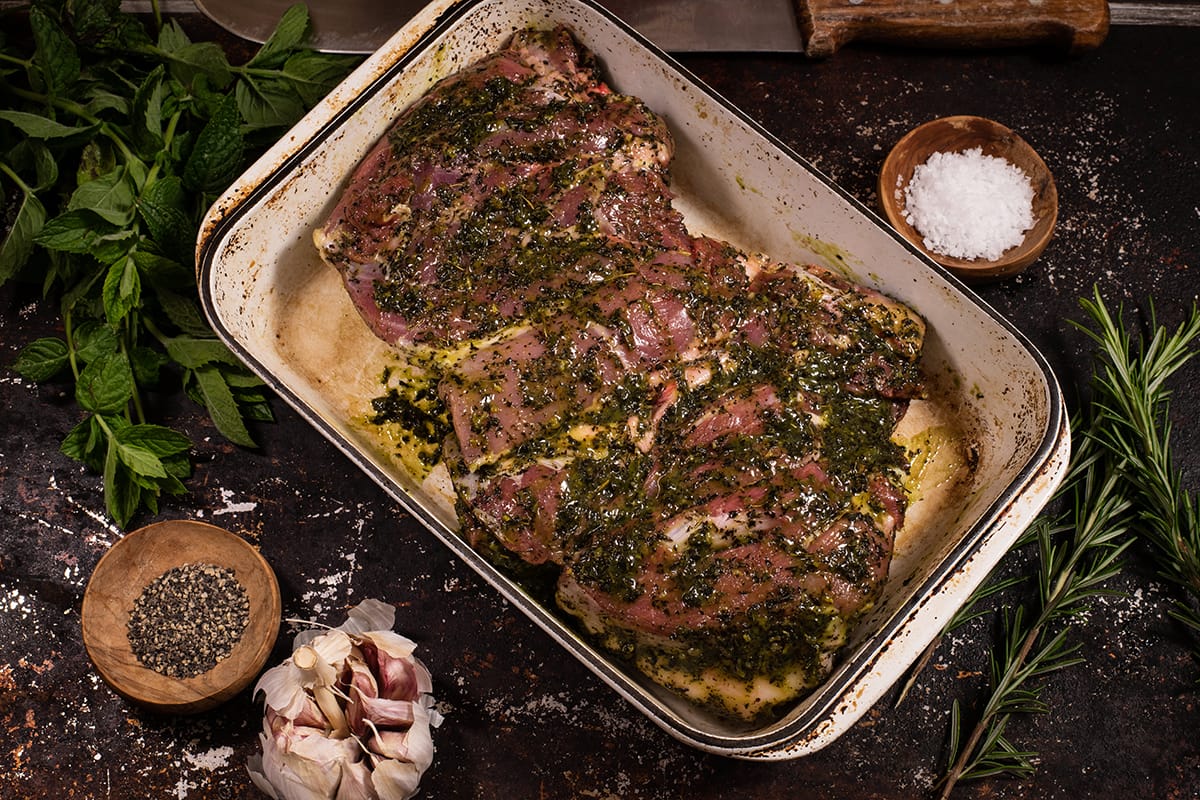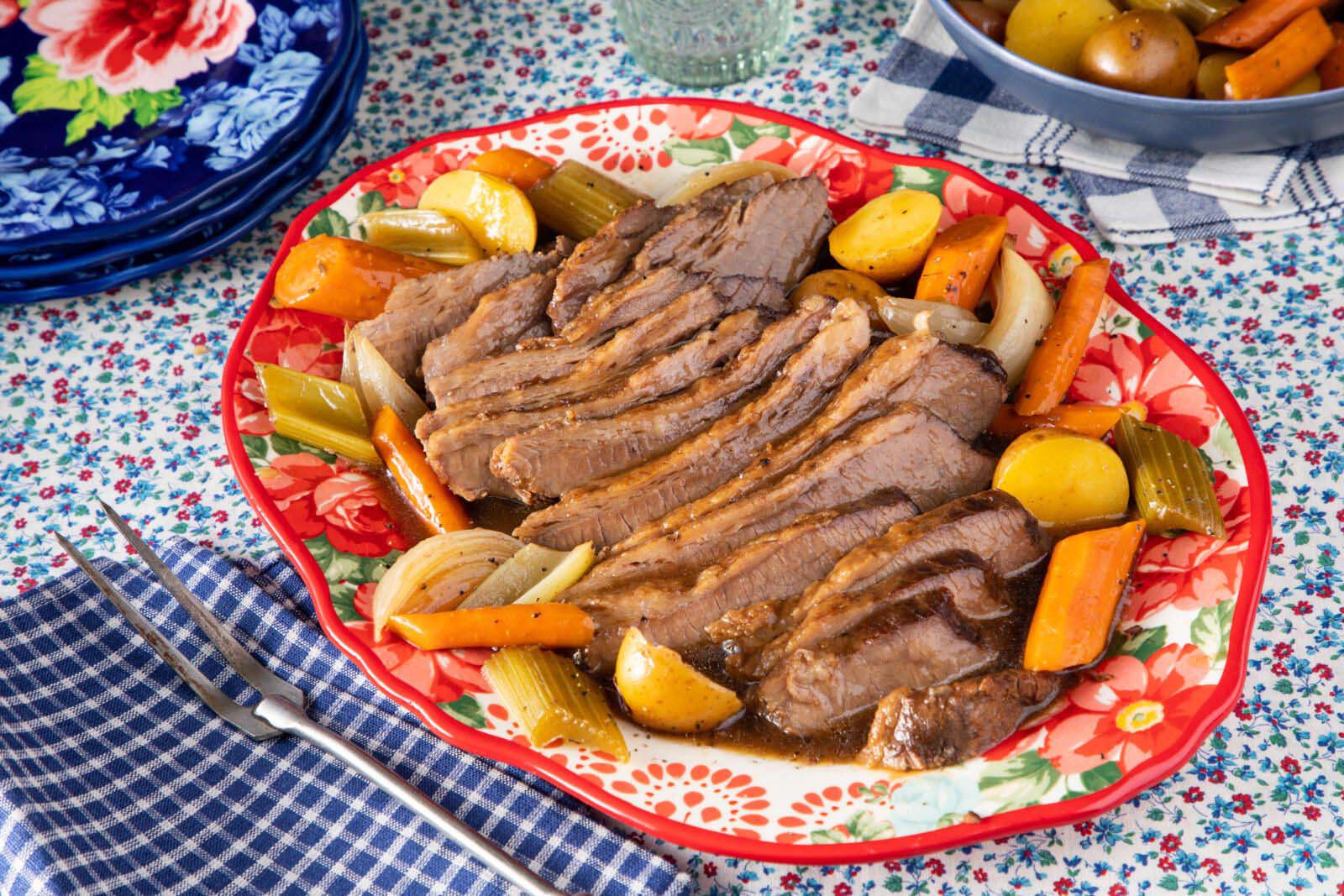Discover the Flavors of Vietnamese Cuisine – A Guide to Cooking Authentic Vietnamese Food
Looking to expand your culinary horizons and indulge in the vibrant and aromatic delights of Vietnamese cuisine? You’re in luck! In this guide, we’ll take you on a virtual journey through Vietnam, exploring the rich flavors, fresh ingredients, and unique cooking techniques that make Vietnamese food truly extraordinary. So, grab your apron and get ready to impress your taste buds and loved ones with some delicious homemade Vietnamese dishes.
1. Embrace the Essential Ingredients
Before we dive into the cooking process, let’s familiarize ourselves with the staple ingredients that form the foundation of Vietnamese cuisine:
- Rice: An integral part of Vietnamese meals, whether it’s steamed rice or the famous Vietnamese sticky rice.
- Fish Sauce: The umami-packed condiment that adds depth and flavor to many Vietnamese dishes.
- Fresh Herbs: Cilantro, mint, Thai basil, and lemongrass are essential in providing that refreshing and fragrant touch.
- Rice Paper: Used to make delicious fresh spring rolls, rice paper gives a delightful chewy texture.
- Bean Sprouts: A crunchy addition that brings texture and freshness to soups, stir-fries, and salads.
2. Master the Art of Flavor Balance
Vietnamese dishes are renowned for their exquisite balance of flavors, combining sweet, sour, salty, and spicy elements. Here are a few tips to achieve that harmonious blend:
- Vary Your Sauces: Experiment with a combination of soy sauce, fish sauce, lime juice, and tamarind to create layers of taste.
- Play with Herbs and Spices: Lemongrass, ginger, garlic, and chilies are just a few examples of how Vietnamese cuisine brings heat and aroma to the table.
- Balance Sweetness: Many Vietnamese dishes incorporate a touch of sweetness to counteract the spiciness and acidity. Palm sugar or honey can be used in moderation.
3. Get Creative with Vietnamese Classics
Vietnamese cuisine is celebrated for its iconic dishes. Here are a few popular recipes you can try at home:
- Phở: This soul-soothing noodle soup is made with fragrant broth, tender beef or chicken, and a medley of fresh herbs.
- Bánh Mì: A crusty baguette filled with marinated meats (like pork belly or grilled chicken), pickled vegetables, cilantro, and spicy mayo.
- Gỏi Cuốn: Fresh rice paper rolls filled with shrimp, herbs, vermicelli noodles, and served with a delightful peanut dipping sauce.
Remember that practice makes perfect! Don’t be discouraged if your first attempt isn’t flawless. With a little patience and experimentation, you’ll soon be creating mouthwatering Vietnamese dishes that rival those found in the finest restaurants.
4. Take Inspiration from Vietnamese Street Food
One of the best ways to immerse yourself in the flavors of Vietnam is through its street food. Whether it’s bánh xèo (savory rice pancakes), bún chả (grilled pork with noodles), or cà phê sữa đá (Vietnamese iced coffee), the vibrant and bustling street food scene offers an abundance of inspiration for home cooks.
Why not organize a Vietnamese street food-inspired dinner party with friends or family? Encourage everyone to bring their homemade dishes, creating a mouthwatering feast that celebrates the diverse flavors of Vietnam.
5. Explore Vietnamese Food Blogs and Cookbooks
If you’re eager to dive even deeper into the world of Vietnamese cuisine, take advantage of the wealth of resources available online and offline. Explore popular Vietnamese food blogs, browse through cookbooks, and follow renowned chefs specializing in Vietnamese cooking. These resources can provide invaluable insights, tips, and inspiration to fuel your culinary adventures.
So, go ahead and embark on your Vietnamese food journey with confidence! Discover the captivating flavors, fragrant herbs, and innovative recipes that have made Vietnamese cuisine a global sensation. Armed with this guide, your kitchen will soon become a hub of aromatic delights and vibrant flavors that will transport you straight to the bustling streets of Vietnam.
